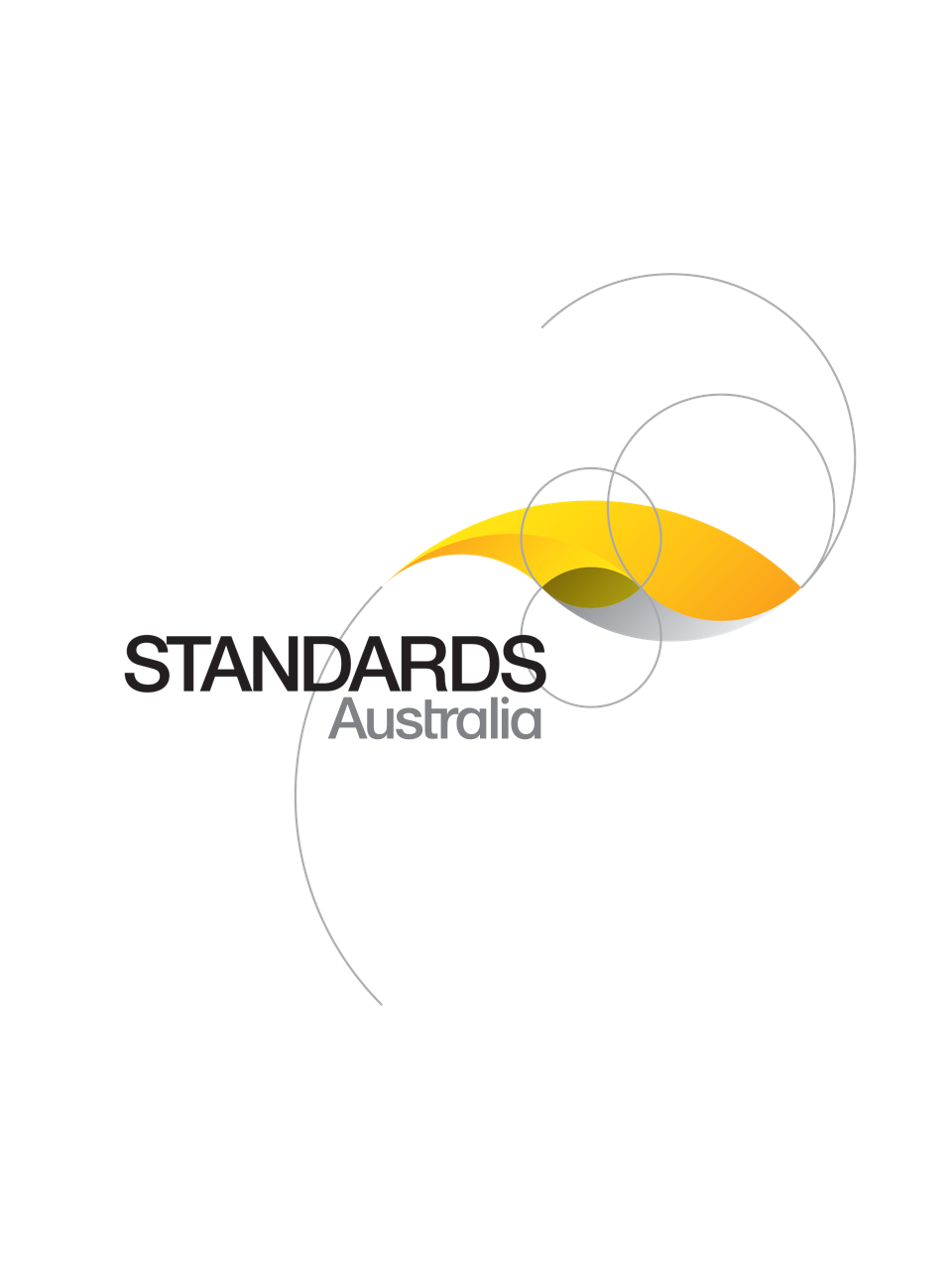Standard
UPDATE AVAILABLE
AS/NZS ISO 7176.14:2013
[Superseded]Wheelchairs, Part 14: Power and control systems for electrically powered wheelchairs and scooters — Requirements and test methods
Adopts ISO 7176-14:2008 to specify requirements and associated test methods for the power and control systems of electrically powered wheelchairs and scooters. It sets safety and performance requirements that apply during normal use and some conditions of abuse and failure. It also specifies methods of measurement of the forces necessary to operate controls and sets limits on the forces needed for some operations.
Published: 30/08/2013
Pages: 53
Table of contents
Cited references
Content history
Table of contents
Header
About this publication
Preface
Introduction
1 Scope
2 Normative references
3 Terms and definitions
4 Apparatus
4.1
4.2
4.3
4.4
4.5
4.6
4.7
4.8
4.9
4.10
4.11
4.12
4.13
4.14
4.15
4.16
4.17
4.18
4.19
4.20
4.21
4.22
4.23
5 Preparation of test wheelchair
5.1 Wheelchair set-up
5.2 Loading the wheelchair
5.3 Wheelchair attributes
5.4 Wheelchair documentation
5.5 Preparation records
6 Guidance for tests
6.1 Test order
6.2 Batteries
6.3 Test conditions
7 Single fault safety
7.1 Single fault conditions
7.1.1 General
7.1.2 Requirements
7.2 Controller command signal processing failure
7.2.1 General
7.2.2 Requirements
7.2.2.1
7.2.2.2
7.2.3 Test method
7.2.3.1 Preparation
7.2.3.1.1
7.2.3.1.2
7.2.3.1.3
7.2.3.1.4
7.2.3.1.5
7.2.3.2 Open-circuit test
7.2.3.3 Short-circuit test
7.2.3.4 Leakage current test
7.3 Controller output device failure
7.3.1 General
7.3.2 Requirements
7.3.3 Test method
7.3.3.1 Preparation
7.3.3.2 Open-circuit test
7.3.3.3 Short-circuit test
7.4 Ability to stop when power is removed
7.4.1 General
7.4.2 Requirements
7.4.3 Test method
8 Design
8.1 On/off switch
8.1.1 Requirements
8.1.2 Test method
8.2 Current consumption while switched off
8.2.1 General
8.2.2 Requirement
8.2.3 Test method
8.3 Control signal at switch on
8.3.1 Requirement
8.3.2 Test method
8.4 Safe operation as the battery set becomes depleted
8.4.1 General
8.4.2 Requirements
8.4.3 Test method
8.4.3.1 Preparation
8.4.3.2 Upslope test
8.4.3.3 Downslope test
8.5 Over-discharge protection
8.5.1 Requirement
8.5.2 Test method
8.5.2.1 General
8.5.2.2 Battery set test method
8.5.2.3 Voltage source test method
8.6 Controller over-voltage protection
8.6.1 General
8.6.2 Requirements
8.6.3 Test method
8.7 Switch-off while driving
8.7.1 General
8.7.2 Requirements
8.7.3 Test method
8.8 Measuring devices
8.8.1 General
8.8.2 Battery gauge
8.8.2.1 General
8.8.2.2 Requirements
8.8.2.3 Test method — Indication
8.8.2.4 Test method — Remaining distance range (informative)
8.9 Drive inhibit during charging
8.9.1 General
8.9.2 Requirement
8.9.3 Test method
8.10 Charging connection voltage drop
8.10.1 General
8.10.2 Requirements
8.10.3 Test method
8.11 Non-powered mobility
8.11.1 General
8.11.2 Requirements
8.11.3 Test method
8.12 Brakes
8.12.1 General
8.12.2 Requirements
8.12.3 Test method
8.13 Battery enclosures
8.13.1 Requirements
8.13.2 Test method
8.14 Symbols
8.15 Safety of moving parts
8.15.1 General
8.15.2 Requirements
8.16 Use in combination with other devices
9 Protection against electric shock, burns, fire and explosion
9.1 Electrical isolation
9.1.1 General
9.1.2 Requirements
9.1.3 Test method
9.1.3.1 General
9.1.3.2 Positive connection test
9.1.3.3 Negative connection test
9.2 Protection from non-insulated electrical parts
9.2.1 General
9.2.2 Requirement
9.2.3 Test method
9.3 Circuit protection
9.3.1 General
9.3.2 Requirements
9.3.3 Test methods
9.3.3.1 General
9.3.3.2 Short-circuit test for wiring that predominantly carries power from the batteries to the drive motors
9.3.3.3 Short circuit test for wiring other than that which predominantly carries traction current
9.3.3.4 Load current test for wiring that carries battery charging current
9.4 Stalled condition protection
9.4.1 General
9.4.2 Requirements
9.4.3 Test method
9.4.3.1 Initial stall test
9.4.3.2 Extended stall test
9.5 Surface temperatures
9.6 Disconnection of battery system
9.6.1 General
9.6.2 Requirement
9.6.3 Test method
9.7 Resistance to ignition
9.7.1 General
9.7.2 Requirement
10 Ergonomics
10.1 User interface
10.2 Operating forces
10.2.1 General
10.2.2 Requirements
10.2.3 Test method
10.2.3.1 Lever to control speed and/or direction
10.2.3.2 Push-button, rocker and keypad switches
10.2.3.3 Toggle switches
10.2.3.4 Pneumatic switches (sip and puff)
10.2.3.4.1 Positive differential air pressure switches (puff)
10.2.3.4.2 Negative differential air pressure switches (sip)
10.3 Display position
10.4 On/off indicator
10.5 Connectors
10.6 Audible noise
10.6.1 General
10.6.2 Requirement
10.6.3 Test method
10.6.4 Ancillary equipment test
10.7 Acoustic warning device
10.7.1 General
10.7.2 Requirements
10.7.3 Test method
11 Durability
11.1 Control devices
11.1.1 General
11.1.2 Requirement
11.1.2.1 General
11.1.2.2 Test method for fatigue strength of control devices
11.2 Switches
11.2.1 General
11.2.2 Requirements
11.3 Connectors
11.3.1 General
11.3.2 Requirements
12 Electrical connections
12.1 Interchangeability
12.2 Wire routing
12.2.1 General
12.2.2 Requirements
12.2.3 Test method
12.3 Wire colours
12.4 Intermediate battery connection power drains
12.4.1 General
12.4.2 Requirements
12.4.3 Test method
13 Environmental
13.1 Substance/liquid ingress (in)
13.2 Leakage of substances (out)
13.3 Electromagnetic compatibility
14 Misuse and abuse
14.1 Reversed polarity at the battery set
14.1.1 General
14.1.2 Requirements
14.1.3 Test method
14.2 Integrity of enclosures
14.2.1 General
14.2.2 Requirements
14.2.3 Test method
15 Information provided with the wheelchair related to control systems
15.1 General
15.2 Battery connection and circuit protection diagram
15.3 Operation of wheelchair
15.4 Safety information provided to operators
15.5 Removable parts
15.6 Residual risks
16 Test report
17 Disclosure
Annex A
A.1 General
A.2 Traction wiring
A.3 Charger wiring
A.4 Actuator and lighting wiring
Bibliography
Cited references in this standard
Content history
[Current]
[Superseded]
[Superseded]
DR AS/NZS ISO 7176.14
One-time Purchase
Access via web browser on any device
One-time purchase
Single publication
Offline access via PDF^
$193.75 AUD
Inclusive of GSTFormat *
Web Reader
Licenses *
1 License (for yourself - not shareable)
Total$193.75 AUD
IMPORTANT
